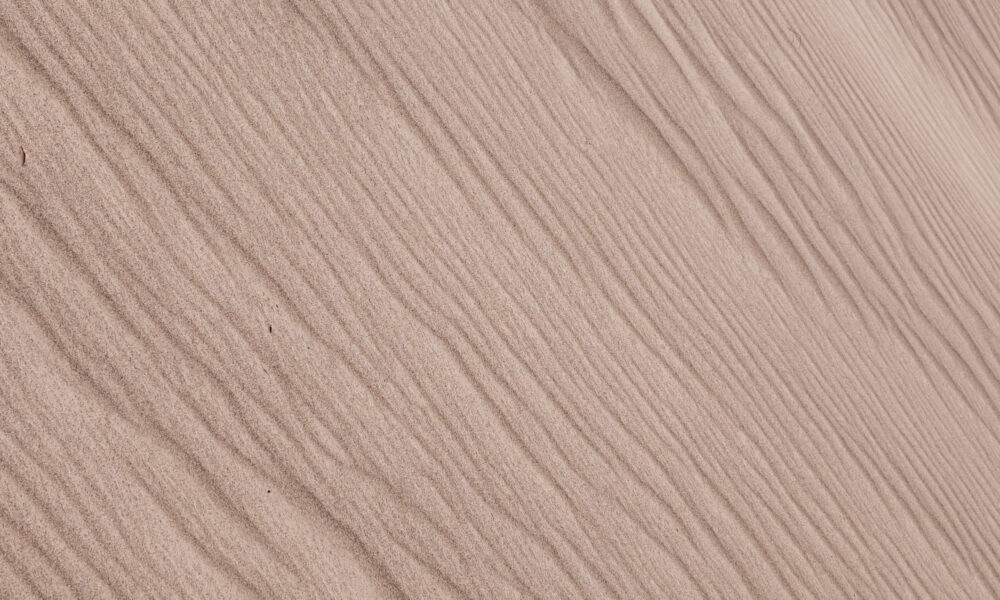The world as we know it would not be the same without the small but infinitely useful substance of sand. Incorporated into critically important products such as concrete and beauty processes such as microdermabrasion, sand finds its way into nearly every crevice of our lives. Author Vince Beiser knows this intimately; in fact, he wrote an entire book about it. From tracking the advent of concrete to chronicling the rise of Sand Mafias in India, The World in a Grain highlights what makes sand such a profoundly important substance.
Beiser breaks down the meteoric rise of sand from a dusty sign of desolation to one of the most sought-after natural resources. His strength lies in how effectively he transforms seemingly mundane topics, such as road paving and fracking—breaking open rock formations to extract the oil inside—into immensely readable material. However, some of his writing feels contrived, as if is attempting to persuade himself that sand is as amazing as he wants his readers to believe.
The book begins with a sweeping summary of everyday tasks which, unbeknownst to the average individual, involve sand. From sand in your toothpaste, to sand in nearly every building you see driving down the road, Beiser’s opening effectively establishes the unexpected presence of sand in everyday circumstances, instantly hooking the reader’s attention.
Another strength lies in his eyewitness accounts of more recent phenomena, such as the building of giant islands in Dubai—a land-building process that has significantly expanded the buildable territory along Dubai’s coast. Beiser’s conversation with the real estate entrepreneur Josef Kleindienst is a great introduction to this practice. Kleindienst, Beiser relates, is the owner of Mini-Germany—part of Dubai’s project to construct miniature versions of Europe along their coastline. Laughably absurd, the chapter delves into a fascinating deep dive on similar projects around the globe, citing the fabrication of islands on the coasts of numerous countries intended to expand their coastlines.
The use of sand in fracking is another prime example of Beiser’s journalistic skill. Covering the contentious debate surrounding fracking, Beiser provides vivid descriptions of individuals residing in areas where frac sand mining has gained momentum. The author thoroughly covers the fracking debate: From those who oppose the mining, citing health concerns and the threat to natural beauty, to those who support the process due to the money coming in from leasing their land. Although resulting in a fairly ambiguous conclusion—that no one knows what the lasting effects of frac sand mining will be—the nuance developed through his interviews allow the readers to come to their own opinion.
Beiser’s key theme throughout the book is, “the use of sand in one form led to more of its use in another.” This sentiment gives a sense of interconnection between every application of sand. While a compelling point, it seems equally applicable to many materials that are in demand for construction and electronics in modern society. The forced grandiosity doesn’t stop there; he insists on comparing sand to an army. This need to provide enhanced levels of importance to what, from the examples given, is already an obviously important material detracts from the book’s force. It makes the reader doubt the author, as if he himself is not convinced of its true value.
Beiser’s lofty statements are, as he so often likes to remind his reader, like building on the coast–counterproductive. As the sea swells, the buildings fall into disrepair. As Beiser’s statements become grandiose, his book becomes less persuasive—all the same, relying on his journalistic prowess and readability, Beiser displays the simply incredible world in a grain.








